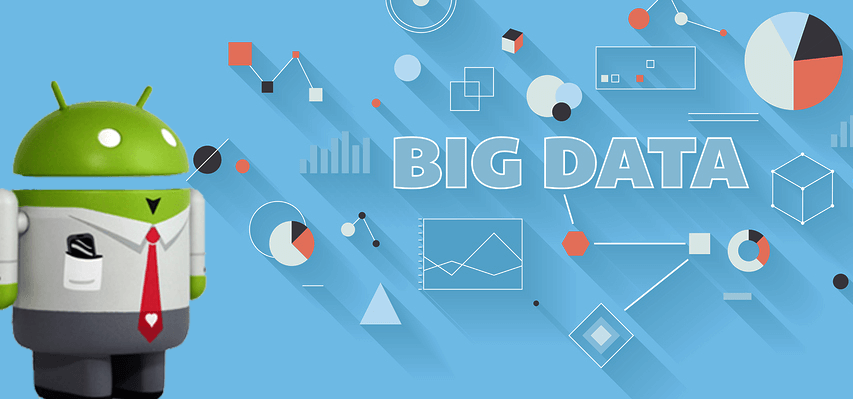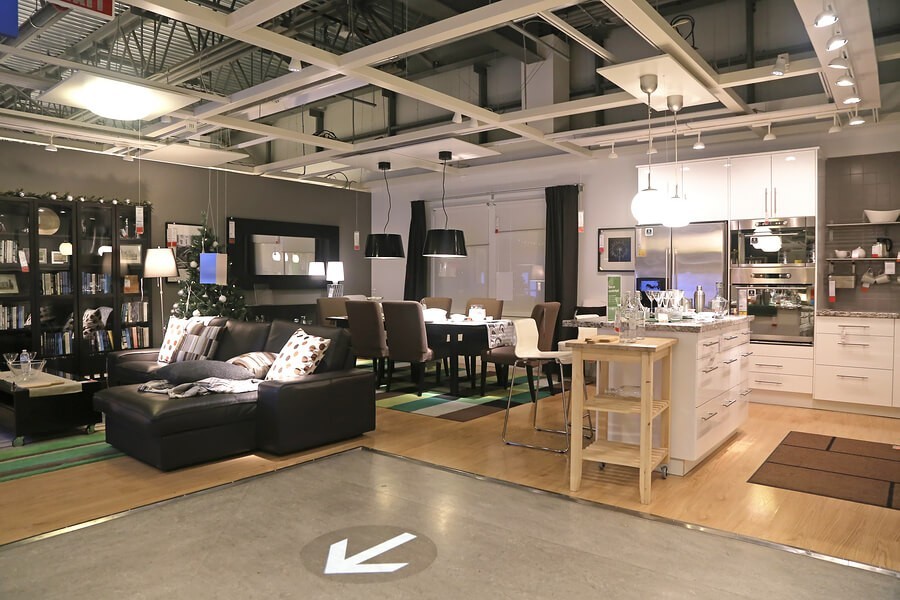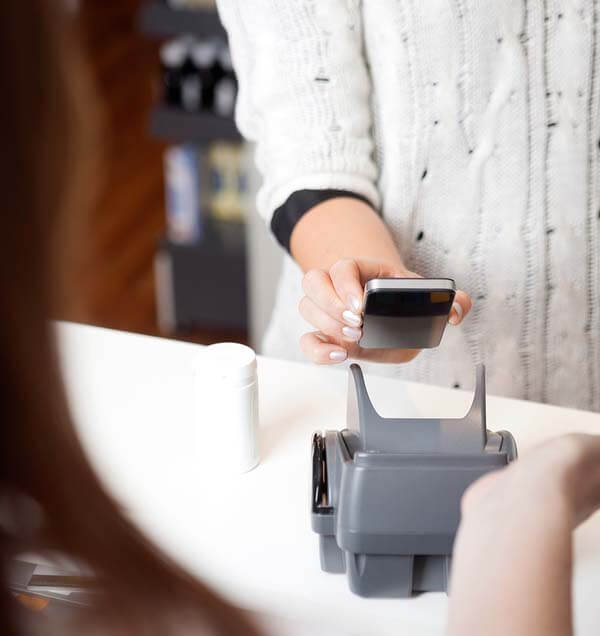Big data makes it possible to track and record information in ways George Orwell only dreamt…nay…night-terrored about. The “big brothers” in this digital age are the people behind the scenes taking billions and trillions of data points and making decisions based on the analysis. But fear not – this kind of information can be used for plenty of good! Big data is what makes Google more accurate in predicting flu-outbreaks than the CDC. Big data is what the Obama campaign team used to purchase undervalued television advertising times in highly valued swing-state zip-codes. And big data is what marketing professionals, supply chain managers, and decision makers at all levels are clamoring for more of.
Think of a key performance indicator for your business. Is it selling office furniture at a certain price, selling out a stadium, or increasing order volume or total order amount? Whatever the metric, big data can help you reach the goal and, maybe more importantly, understand why you’re not meeting that goal yet.
Here are some ways companies like Google are using big data analytics, often powered by embedded technology, to make your life easier.

The programmers and software engineers at Google collect trillions of data points about users and trends. Using these trends, they determine through frequent searches (and geographic location/time of day) that you’ll want to know the traffic report at 8:30 a.m. each day, for example. Based on previous behavior, your smart-phone or tablet will send a push alert if there’s something you should know about that’s happening on your commute route.
User habits can also help the Google Play store recommend Android apps to make your life easier.


Companies, like Ikea for example, are using big data analytics to design their stores… right down to the chair you sit in while enjoying some Swedish meatballs at the in-store cafe. These analytics include metrics like likelihood to buy.
If we setup a showroom like this, how does that impact the next 1,000,000 purchasing decisions?
Your purchasing behavior is tracked well before the checkout line. Airports are starting to track cell phone usage inside the terminal to determine areas of extended wait-times and improve the flying experience.
Membership and loyalty cards are increasingly available for download on smartphones, allowing users to check out more quickly. But it’s not just about speed… tracking shopping trends by member ID, coupons can be sent directly to your smartphone. Convenient, right?
It goes even further. If synced, the membership card you use when buying your groceries could also be linked to your kitchen appliances and offer recipes using the ingredients you just purchased.
How do businesses benefit from this? Well, your loyalty card could be used to track your shopping habits so that stores can send you coupons, luring you back in if it’s been a while since you last visited the store.


Smart devices are being used to collect big data in order to improve product functionality, but there are some bigger benefits of this technology. Smart watches could someday use thousands of data-points from your skin, heart rate, and body temperature to preemptively warn the wearer of a heart attack or a stroke. This could save lives. Data collected from Google searches for things like “cold remedies” or “symptoms of the flu” can help the CDC determine where the next outbreaks are going to be.
The future of embedded technology is all about data; linking our everyday products together in way that makes our lives safer, more convenient, and all together more in sync.